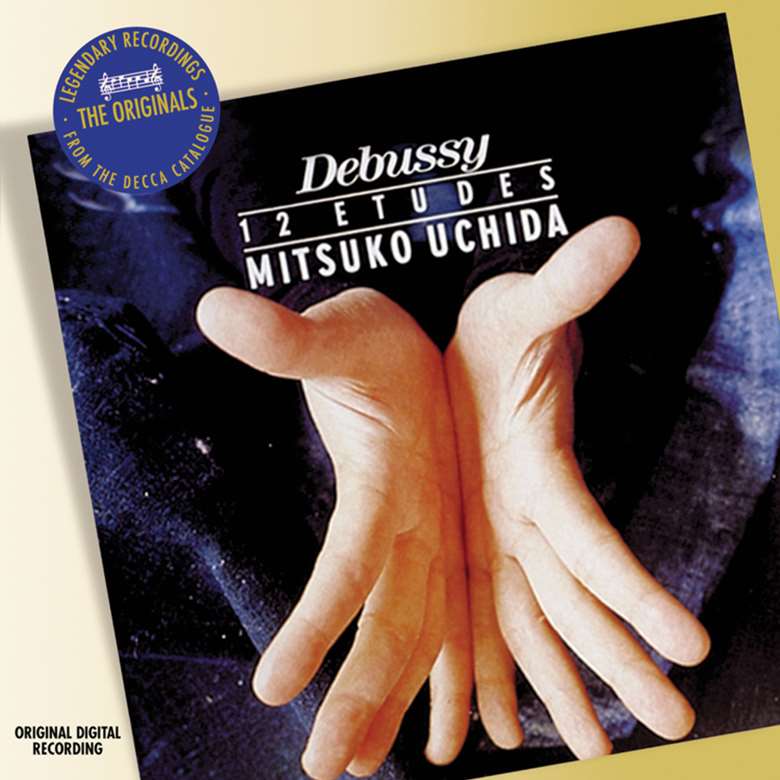Classics reconsidered: Mitsuko Uchida's account of Debussy's Etudes
Gramophone
Tuesday, July 12, 2016
Bryce Morrison and Harriet Smith revisit the 1989 Philips recording of Debussy’s Etudes from Mitsuko Uchida

Register now to continue reading
Thanks for exploring the Gramophone website. Sign up for a free account today to enjoy the following benefits:
- Free access to 3 subscriber-only articles per month
- Unlimited access to our news, podcasts and awards pages
- Free weekly email newsletter







